Jennifer Egan, A Visit From the Goon Squad (2010)
 A combination of very recent UK publication (the end of March) and continued acclaim (most recently the Pultizer) means that this book has appeared quite suddenly on my radar; and, when I came to read it, I knew that it had been highly regarded, but not really what it was about. Now that I’ve finished it, I think A Visit From the Goon Squad is worth reading, but can’t see that it’s so excellent as to deserve all the plaudits.
A combination of very recent UK publication (the end of March) and continued acclaim (most recently the Pultizer) means that this book has appeared quite suddenly on my radar; and, when I came to read it, I knew that it had been highly regarded, but not really what it was about. Now that I’ve finished it, I think A Visit From the Goon Squad is worth reading, but can’t see that it’s so excellent as to deserve all the plaudits.
The focus of Egan’s novel is a cluster of characters centred on a music mogul named Bennie Salazar, and his assistant Sasha. I say a ‘cluster’ because each chapter is told from the viewpoint of a different character, at a different point in time, and we’ll see particular characters only in certain chapters (sometimes centrally, sometimes tangentially). The main theme is time (the ‘goon squad’ of the title), and how its passing changes people and crushes their dreams (‘I don’t know what happened to me,’ says one character to Bennie. ‘You grew up, Alex,’ he replies, ‘just like the rest of us’). The non-linear structure is particularly effective at showing this: without the imposition of the usual chronological order, one is encouraged to consider different stages of characters’ lives at the same time, as it were.
A Visit From the Goon Squad is also written in a multiplicity of styles; and, in general, those styles work well (even at their most unusual, such as a chapter in the form of Powerpoint slides). But I finished the novel that it didn’t have that extra spark that would life it out of the ‘good’ bracket and into the ‘great’.
Link: Jennifer Egan’s website.
Shireen Jilla, Exiled (2011)
 Anna Weitzman is happy with her life in New York, married to Jessie, a British diplomat. But then a series of misunderstandings and minor incidents draws into question Anna’s ability as a mother to her young son Joshua, and the boy is placed under the guardianship of Jessie’s American stepmother Nancy, a wealthy socialite. As the life Anna knew begins to unravel, she becomes convinced that Nancy is behind it all.
Anna Weitzman is happy with her life in New York, married to Jessie, a British diplomat. But then a series of misunderstandings and minor incidents draws into question Anna’s ability as a mother to her young son Joshua, and the boy is placed under the guardianship of Jessie’s American stepmother Nancy, a wealthy socialite. As the life Anna knew begins to unravel, she becomes convinced that Nancy is behind it all.
What Shireen Jilla does particularly well in Exiled is create the unsettling sense of life slipping out of one’s control, as Anna struggles to navigate the increasingly treacherous waters in which she finds herself without really understanding how she got there. The great contrast between the world of New York and Anna’s old life in rural Kent is vividly drawn (for example, when Josh takes head-lice into his private school, what would have been accepted as a routine occurrence back in England now requires a specialist company to come in and treat her entire apartment). One feels Anna’s disorientation as she tries to understand the social forces working against her.
I couldn’t help but feel a twinge of disappointment at the ending, which unpicks the knots of uncertainty and confusion that have been created; but I guess it’s part of the nature of the story Jilla is telling that that must happen. Whatever, Exiled is well worth a read for the journey, and a fine debut for Shireen Jilla.
Links: Quartet Books; Shireen Jilla’s website.
Nina Allan, ‘The Silver Wind’ (2011)
 A new novella (published in issue 233 of Interzone) from a writer who always seems to have a refreshing take on the fantastic;‘The Silver Wind’ is no exception to that, as it takes some well-worn ideas and images and fashions them into something quite distinctive.
A new novella (published in issue 233 of Interzone) from a writer who always seems to have a refreshing take on the fantastic;‘The Silver Wind’ is no exception to that, as it takes some well-worn ideas and images and fashions them into something quite distinctive.
In a UK under the harsh rule of a nationalist dictatorship, Martin is a London estate agent who hears about Owen Andrews, a clockmaker who allegedly worked with the army on experiments involving time travel. Martin goes to see Andrews, thinking (or so he tells himself) that he might be able to find out how to avert the accidental death of his wife Miranda. But really he wants to know about Andrews, and discovers firstly that it’s not ‘time travel’ as such which is possible, but travel into different versions of reality; and secondly, that research into this phenomenon is ongoing, in a nearby military hospital. Martin goes out into the overgrown woods of Shooter’s Hill, is found by soldiers, and taken to that very hospital…
What is most striking to me about ‘The Silver Wind’ is the way that Allan roots even her most outlandish imaginings firmly in quotidian reality. The societal changes of the background are sketched in believably, and anchored by Allan’s very specific sense of place. Against this background, more preposterous concepts like time travel, and even archetypal images from fantasy and fairytale (such as the forest haunted by monsters – here occupied by escaped subjects from the hospital, who have been twisted by the experiments), become plausible because they are so firmly placed in context.
‘The Silver Wind’ is a very down-to-earth treatment of a theme that one might expect to be handled in precisely the opposite way (I haven’t really discussed the plotting, which is also strikingly low-key). One gains a sense of Allan as a writer firmly in command of her material and doing her own thing, which is a very exciting sense.
Link: Interzone.
Like this:
Like Loading...
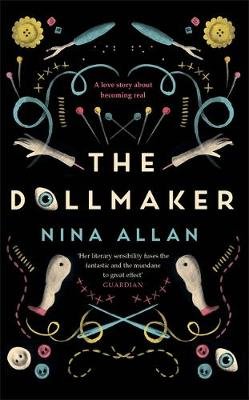
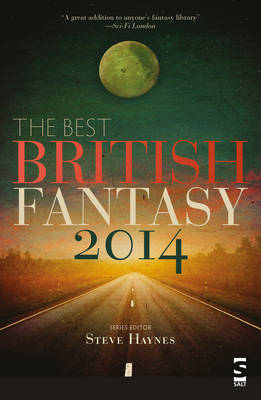
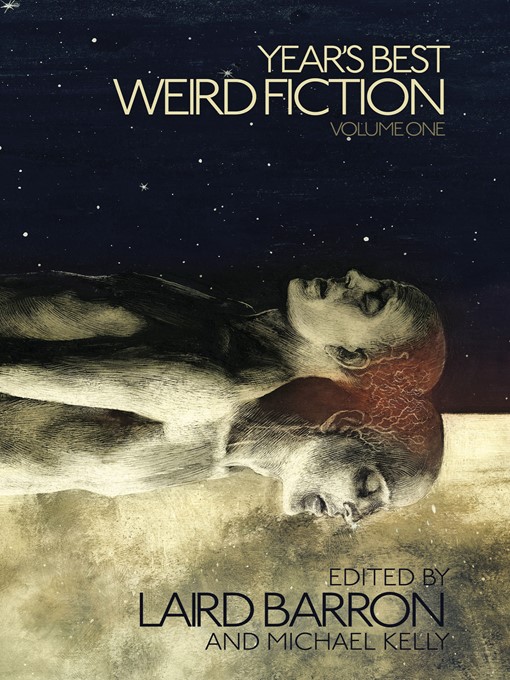
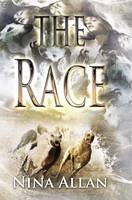
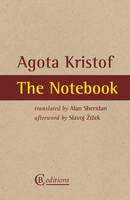
 Nina Allan is gaining a reputation as one of the most interesting British writers of speculative short fiction to emerge in recent years; her new collection is ample demonstration of why. The Silver Wind collects five ‘stories of time disrupted’ which are set in London and/or Sussex (though not necessarily the same ones), and which ostensibly share characters (though a character in one piece may be different when we encounter them again in another). The ultimate story of the volume may lie just as much in the spaces between tales as it does in the tales themselves.
Nina Allan is gaining a reputation as one of the most interesting British writers of speculative short fiction to emerge in recent years; her new collection is ample demonstration of why. The Silver Wind collects five ‘stories of time disrupted’ which are set in London and/or Sussex (though not necessarily the same ones), and which ostensibly share characters (though a character in one piece may be different when we encounter them again in another). The ultimate story of the volume may lie just as much in the spaces between tales as it does in the tales themselves. A combination of very recent UK publication (the end of March) and continued acclaim (most recently the Pultizer) means that this book has appeared quite suddenly on my radar; and, when I came to read it, I knew that it had been highly regarded, but not really what it was about. Now that I’ve finished it, I think A Visit From the Goon Squad is worth reading, but can’t see that it’s so excellent as to deserve all the plaudits.
A combination of very recent UK publication (the end of March) and continued acclaim (most recently the Pultizer) means that this book has appeared quite suddenly on my radar; and, when I came to read it, I knew that it had been highly regarded, but not really what it was about. Now that I’ve finished it, I think A Visit From the Goon Squad is worth reading, but can’t see that it’s so excellent as to deserve all the plaudits. Anna Weitzman is happy with her life in New York, married to Jessie, a British diplomat. But then a series of misunderstandings and minor incidents draws into question Anna’s ability as a mother to her young son Joshua, and the boy is placed under the guardianship of Jessie’s American stepmother Nancy, a wealthy socialite. As the life Anna knew begins to unravel, she becomes convinced that Nancy is behind it all.
Anna Weitzman is happy with her life in New York, married to Jessie, a British diplomat. But then a series of misunderstandings and minor incidents draws into question Anna’s ability as a mother to her young son Joshua, and the boy is placed under the guardianship of Jessie’s American stepmother Nancy, a wealthy socialite. As the life Anna knew begins to unravel, she becomes convinced that Nancy is behind it all. A new novella (published in issue 233 of Interzone) from a writer who always seems to have a refreshing take on the fantastic;‘The Silver Wind’ is no exception to that, as it takes some well-worn ideas and images and fashions them into something quite distinctive.
A new novella (published in issue 233 of Interzone) from a writer who always seems to have a refreshing take on the fantastic;‘The Silver Wind’ is no exception to that, as it takes some well-worn ideas and images and fashions them into something quite distinctive.
Recent Comments